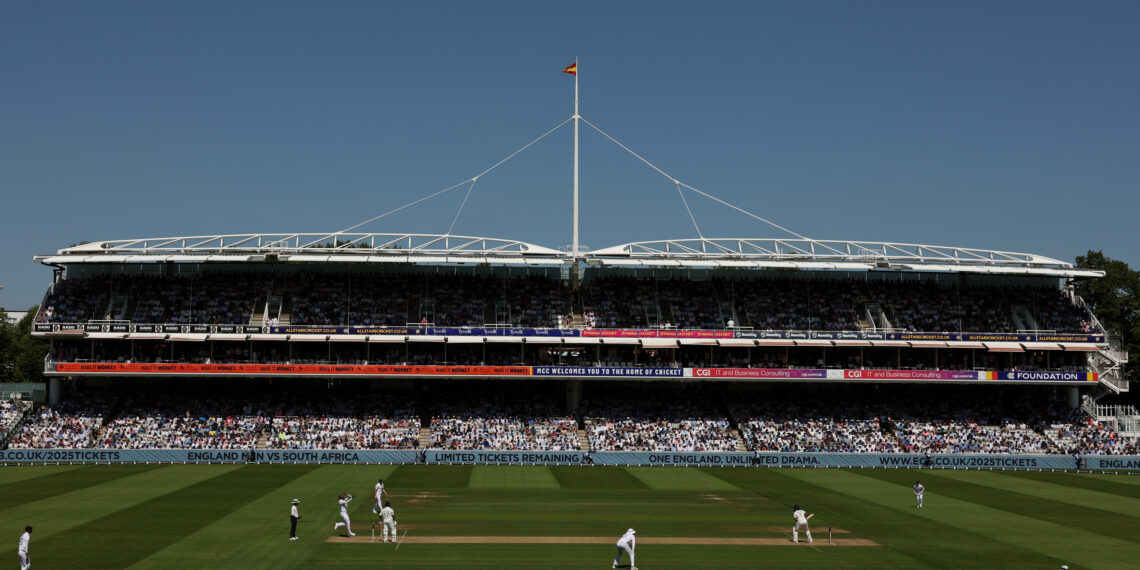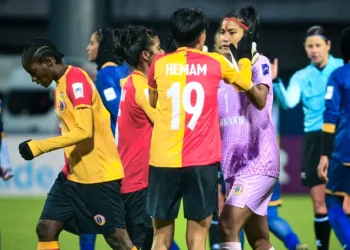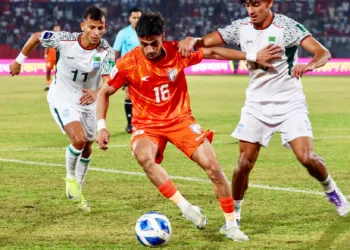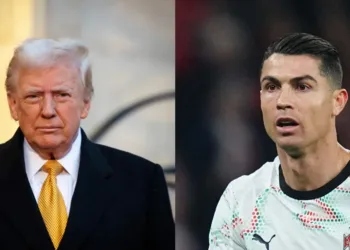Cricket’s highly anticipated return to the Olympics after 128 years takes a dramatic turn as the International Cricket Council (ICC) moves toward approving a revolutionary continental qualification system for the LA Olympics 2028. This groundbreaking approach prioritizes global representation over traditional ranking systems, potentially reshaping the landscape of Olympic cricket and ensuring every continent gets a seat at the most prestigious sporting event in the world.
Table of Contents
ICC’s Bold Continental Vision for Olympic Cricket
The ICC’s decision to implement a continental qualification system represents a seismic shift from conventional cricket selection processes. The board discussed a proposal at the recent AGM which allows for one team from each continent, with the majority approval for a regional qualification system in place, marking a departure from the originally planned top-six ranking system.

This revolutionary approach aligns perfectly with Olympic principles of global inclusion and continental representation. Under the plan, the top-ranked teams from each of four regions—Asia, Oceania, Africa, and Europe—will qualify directly for the Olympics, ensuring that cricket truly becomes a worldwide Olympic spectacle.
Current Continental Qualification Projections
Based on current ICC T20 rankings, the continental qualification system would produce the following likely participants:
Asia: India (Men’s and Women’s) Oceania: Australia (Men’s and Women’s) Europe: England/Great Britain (Men’s and Women’s) Africa: South Africa (Men’s and Women’s) Americas: USA or Caribbean nation (Men’s and Women’s)
Tournament Structure and Format Details
The LA Olympics 2028 cricket competition will feature a compact yet comprehensive format designed to maximize excitement within the Olympic schedule. Cricket will be played in the fast-paced T20 format, with six teams competing in both the men’s and women’s tournaments, with a total of 90 athlete quotas allocated for each gender.
Key Tournament Facts:
| Competition Details | Specifications |
|---|---|
| Format | Twenty20 (T20) |
| Teams per Gender | 6 teams |
| Squad Size | 15 players per team |
| Competition Period | July 14-29, 2028 |
| Total Athletes | 180 (90 men, 90 women) |
| Venues | Los Angeles metropolitan area |
Major Implications for Cricket Nations
The continental qualification system introduces unprecedented consequences for traditional cricket powerhouses. Nations like Pakistan, New Zealand, and Sri Lanka face the realistic possibility of missing cricket’s Olympic debut in over a century, despite their strong global rankings and rich cricket heritage.
Teams at Risk of Missing Out
The new system creates several notable exclusions:
From Asia: Pakistan, Sri Lanka, Bangladesh, and Afghanistan would miss out despite strong international standings, as India currently leads the continental rankings.
From Oceania: New Zealand faces potential exclusion as Australia dominates the Oceania rankings.
Caribbean Complexity: The West Indies’ unique multi-nation structure requires special consideration, with the Cricket West Indies proposing innovative solutions for Caribbean representation.
Host Nation Qualification Controversies
The United States’ automatic qualification as the host nation presents unique challenges for the ICC. Questions remain around the make-up of the USA men’s team, the majority of whom are US residents but not naturalized US citizens, with the ICC also concerned that the USA women’s team are not in the top 20-ranked teams.
This situation highlights the complex intersection of Olympic hosting rights, citizenship requirements, and competitive standards that the ICC must navigate carefully.
Great Britain Cricket Formation
In preparation for Olympic participation, the ECB, along with Cricket Scotland and Cricket Ireland, have formed Great Britain Cricket as an entity, which will help facilitate players from England, Scotland and Northern Ireland to represent Great Britain at the Games.

This collaborative approach demonstrates how cricket nations are adapting their structures to meet Olympic requirements while maintaining their distinct cricket identities.
Future Olympic Expansion Plans
The ICC harbors ambitious plans for cricket’s Olympic future beyond LA 2028. ECB chairman Richard Thompson revealed optimistic projections for tournament growth: “The hope is, when we get to Brisbane, we might be up to eight or ten teams, and in 2036, there’s a three-way shoot-out between Qatar, Saudi and India, and clearly the real hope is that India get in it 2036, in which case, cricket will be front and centre“.
Olympic Cricket Evolution Timeline
| Olympics | Year | Expected Teams | Key Features |
|---|---|---|---|
| Los Angeles | 2028 | 6 teams | Continental qualification debut |
| Brisbane | 2032 | 8-10 teams | Expanded participation |
| TBD (India bid) | 2036 | 10-12 teams | Potential cricket showcase |
Continental Representation Philosophy
The IOC’s preference for continental representation drives this qualification system. The preference from the IOC is to work to the ‘five ring’ principle, which is teams from each of the continents represent their continent, emphasizing the Olympic charter’s commitment to global participation over pure competitive merit.
This approach ensures that cricket’s Olympic return serves as a truly global celebration of the sport, introducing cricket to new audiences across all continents while maintaining competitive integrity within regional frameworks.
Challenges and Opposition
The continental system faces resistance from some ICC members, particularly those nations that might miss qualification despite strong rankings. A minority of members expressed dissent to the regional qualification approach, highlighting the tension between global representation and competitive excellence.
The ICC must balance these competing interests while ensuring that Olympic cricket maintains its credibility and excitement for global audiences.
Final Decision Timeline
A final decision is likely to be taken at the ICC’s next quarterly meeting in October, when remaining details about team composition, qualification pathways, and special circumstances will be resolved.
This timeline provides sufficient lead time for nations to prepare their Olympic campaigns while allowing the ICC to address remaining concerns about team eligibility and competitive balance.
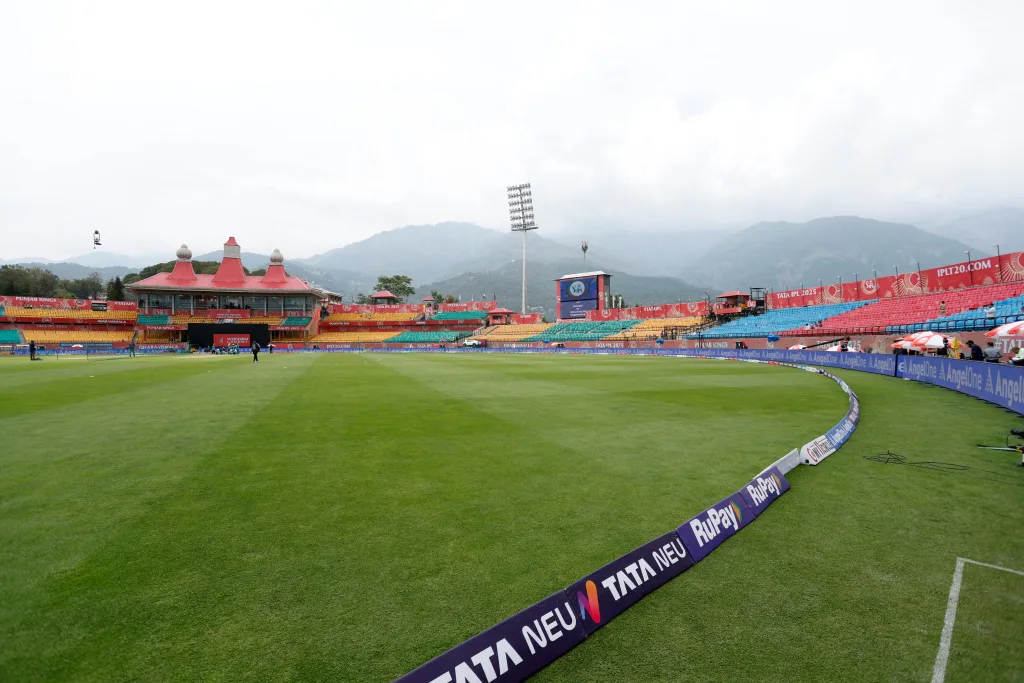
The ICC’s continental qualification system for LA Olympics 2028 represents a watershed moment in cricket’s evolution as a global sport. While controversial among some traditional cricket nations, this approach aligns with Olympic values of universal participation and continental representation.
As cricket prepares for its first Olympic appearance in 128 years, the continental qualification system ensures that the sport’s return will be truly global in scope, potentially introducing millions of new fans to cricket while celebrating the game’s worldwide reach. The success of this system in LA 2028 will likely influence cricket’s Olympic future and could establish a new paradigm for international cricket competition beyond the Olympics.
Read More: England vs India 5th Test: India Show Grit Under Overcast Skies After Losing Another Toss
FAQs
Which teams are most likely to qualify for LA Olympics 2028 under the ICC continental system?
Based on current T20 rankings, India (Asia), Australia (Oceania), England/Great Britain (Europe), South Africa (Africa), and either USA or a Caribbean nation (Americas) are the frontrunners, with one additional spot to be determined through a global qualifier.
Why did the ICC choose continental qualification over ranking-based selection?
The ICC adopted continental qualification to align with Olympic principles of global representation and the IOC’s “five ring” philosophy, ensuring each continent has representation rather than having the tournament dominated by a few cricket-strong regions.
Could Pakistan and India both participate in LA Olympics 2028?
Under the current continental system, both Pakistan and India cannot qualify from Asia, as only the highest-ranked Asian team will earn the continental spot. Currently, India leads the T20 rankings in both men’s and women’s categories.
How will the USA’s automatic qualification as host nation work?
The USA receives automatic qualification as the host nation, though the ICC is still addressing concerns about team composition (citizenship requirements) and the women’s team ranking. Final decisions on USA participation will be made at the ICC’s October meeting.
What happens to cricket at future Olympics after LA 2028?
The ICC plans to expand participation to 8-10 teams for Brisbane 2032 and potentially 10-12 teams for 2036, especially if India successfully bids to host the 2036 Olympics, which could significantly boost cricket’s Olympic profile.

